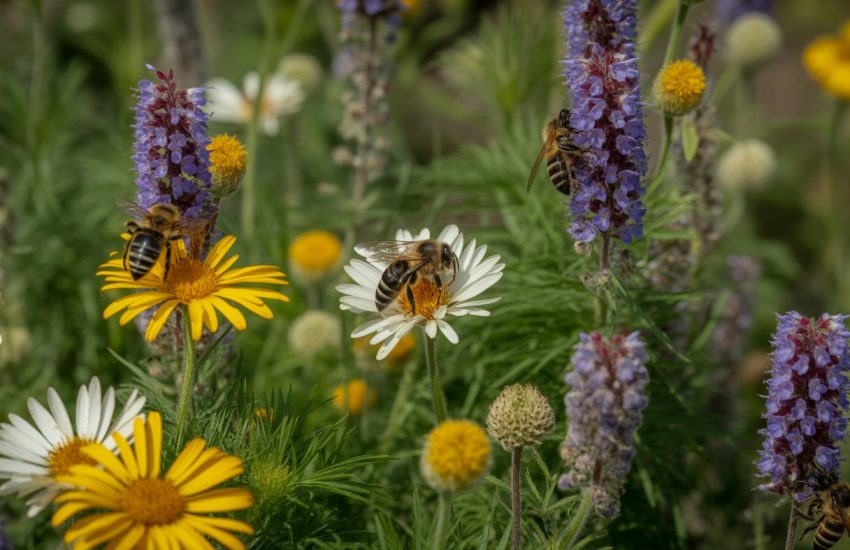How Tall Does New England Aster Grow: A Comprehensive Guide
New England Aster, also known as Symphyotrichum Novae-Angliae, is a stunning perennial plant that is native to North America. This beautiful flower is a favorite among gardeners and nature enthusiasts due to its vibrant purple and pink hues that bloom in late summer and early fall. However, many people wonder just how tall this plant can grow, and what factors may affect its height.

The height of a New England Aster plant can vary depending on a few different factors. Generally, this plant can grow anywhere from 2 to 6 feet tall, with a spread of 1 to 3 feet. The height of the plant can be influenced by the amount of sunlight it receives, the quality of the soil, and the amount of water it gets. In this article, we will explore the factors that can affect the height of a New England Aster plant, and provide some tips on how to help your plant reach its full potential.
Growth Characteristics

New England Aster is a herbaceous perennial that belongs to the Asteraceae family. It is a native plant of North America, particularly found in the Eastern and Central regions of the United States and Canada. New England Aster is known for its beautiful and showy flowers that bloom in late summer and early fall.
Height and Structure
New England Aster grows up to a height of 3-6 feet and spreads up to 2-4 feet wide. It has a bushy and upright growth habit with multiple stems that are covered with lance-shaped leaves. The stems are sturdy and do not require staking, even in windy conditions.
Color Varieties and Bloom Time
New England Aster comes in a variety of colors, including purple, pink, and white. The flowers are daisy-like and have a diameter of 1-2 inches. They bloom from late summer to early fall and attract bees, butterflies, and other pollinators to the garden.
New England Aster is a sun-loving plant that thrives in full sun. It prefers well-drained soil and can tolerate drought once established. It is a low-maintenance plant that requires minimal care and is suitable for gardens, meadows, and naturalized areas.
In conclusion, New England Aster is a beautiful and easy-to-grow perennial that adds color and interest to the garden. With its attractive flowers and sturdy growth habit, it is an excellent choice for gardeners looking for a low-maintenance plant that can thrive in a variety of growing conditions.
Planting and Care

Soil Requirements and Planting
New England asters grow best in well-draining soil with a pH between 5.0 and 7.5. They can tolerate clay soil, but it is important to amend it with organic matter to improve drainage. When planting, dig a hole twice as wide as the root ball and ensure that the top of the root ball is level with the soil surface. Water thoroughly after planting and keep the soil moist until the plant is established.
Maintenance and Disease Prevention
New England asters are relatively low maintenance plants. They require regular watering during dry periods and benefit from a layer of mulch to retain moisture and suppress weeds. Powdery mildew can be a problem, especially in humid conditions, but it can be prevented by ensuring good air circulation around the plant and avoiding overhead watering. Pests such as aphids and spider mites can be controlled with insecticidal soap or neem oil.
Propagation Methods
New England asters can be propagated by seeds, division, or cuttings. Seeds should be sown in the fall or early spring and require light to germinate. Division should be done in the spring or fall and involves digging up the plant and separating the root ball into smaller sections. Cuttings can be taken in the summer and rooted in a well-draining soil mix. Fertilizer is not necessary, but a balanced fertilizer can be applied in the spring to promote healthy growth.
New England asters may require support or staking as they grow tall and can become top-heavy. Pruning can be done in the spring to encourage bushier growth and prevent flopping. With proper care, these beautiful flowers can reach heights of up to 6 feet and provide a stunning addition to any garden.


